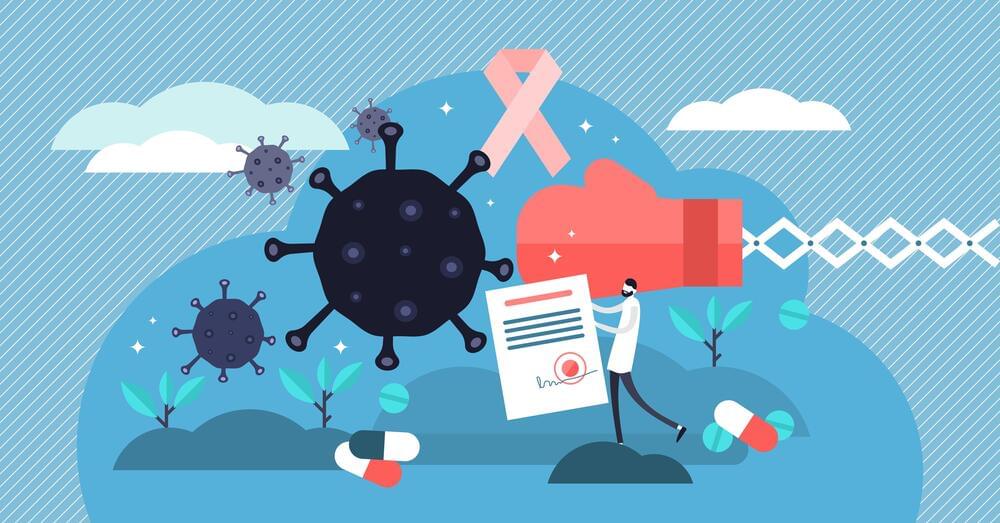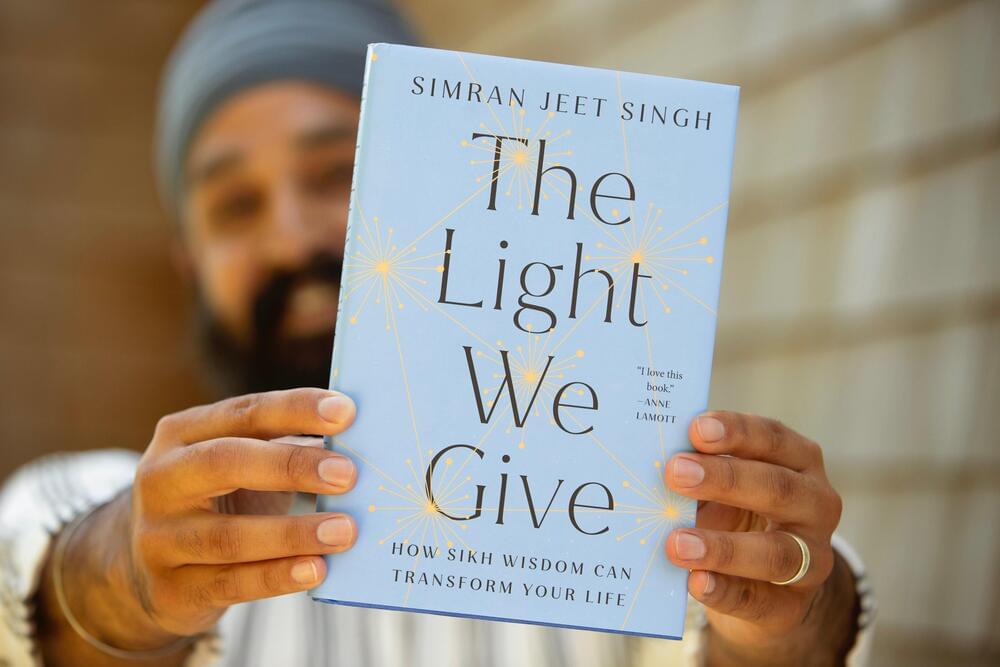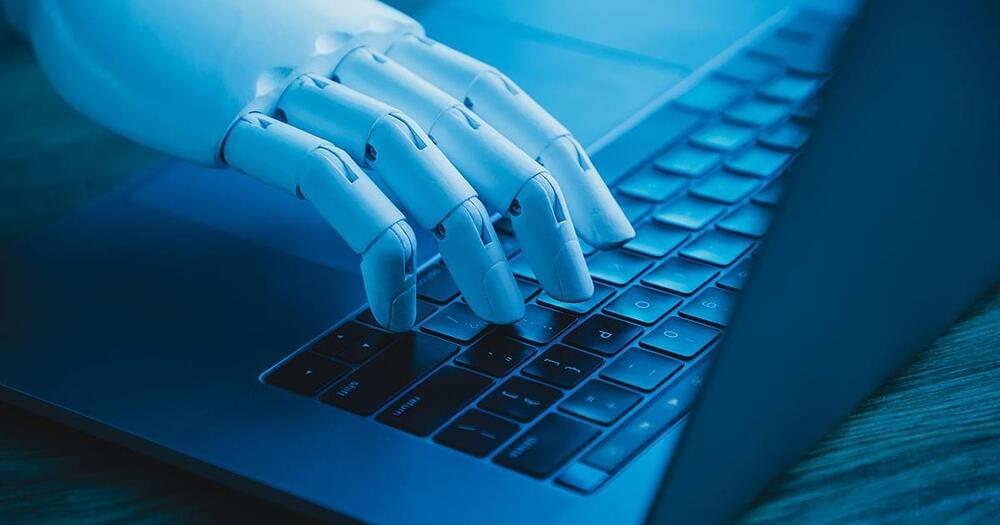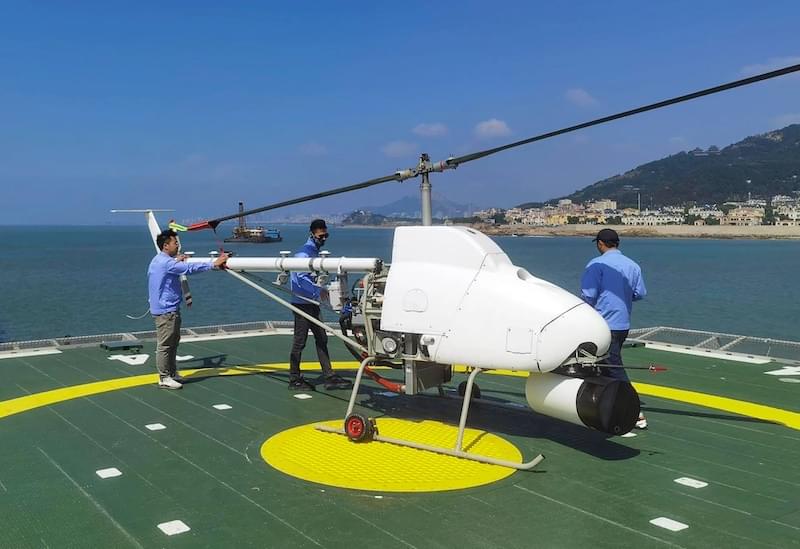
Get the latest international news and world events from around the world.


Top Technologies that are Taking Us to Metaverse in 2022
View insights.
The existence of ethical concerns is precisely why it’s important for business owners to understand the different technologies driving the Metaverse forward and what impact they may have on users, the environment, and our society. By understanding these technologies, businesses can find new ways to enrich our society with constructive uses of virtual reality connectivity that enrich our world and keep the digital economy booming.
In addition, understanding these technologies is important because as more advanced techniques are developed for use in Metaverse projects, the average cost of US$48,000 for app design in the USA will undoubtedly go up. Business owners need to understand what they need to focus on when planning their next move.
Businesses also need to understand that as the landscape of the Metaverse evolves, the nature of the content will change as well. Creating quality content marketing strategies with these immersive, virtual environments in mind is essential as the industry moves forward.





Tapping into the pulse of marketing with data visualization
Once datasets are cleaned, data visualization remodels them into intelligible graphics that put actionable insights on full display.
Join executives from July 26–28 for Transform’s AI & Edge Week. Hear from top leaders discuss topics surrounding AL/ML technology, conversational AI, IVA, NLP, Edge, and more. Reserve your free pass now!
Chances are you’ve heard the phrase “a picture is worth a thousand words.” What you may not know is that depending on the context, this can be somewhat of a misleading statement.
Hear us out. The human brain is hardwired to ingest images 60,000 times faster than text, accounting for 90% of the information we process every day being visual. These numbers make a convincing case as to why a picture deserves a little more credit than just a thousand words.

Astronomers find ‘Goldilocks’ black hole
Last year, scientists used gravitational waves to detect an elusive intermediate-mass black hole for the first time. Now, Australian astronomers have spotted another – this time using gamma-ray bursts.
Black holes are formed when massive stars reach the end of their lives and collapse under their own gravity. But they aren’t all the same – stellar mass black holes are small, just a few times the mass of our Sun, while supermassive black holes at the hearts of galaxy are enormous, with masses millions or even billions of times greater than our sun.
Intermediate mass black holes are the missing link between these two populations, thought to span between 100 and 100,000 solar masses. The black hole discovered in 2020 was 142 solar masses – while this newly discovered monster is on the other end of the scale, at approximately 55,000 solar masses.

‘Where the bats hung out’: How a basement hideaway at UC Berkeley nurtured a generation of blind innovators
Joshua Miele, who builds adaptive technologies at Amazon, is part of a generation of leaders who are reshaping the world and have roots in The Cave, a basement hideaway at UC Berkeley that nurtured blind innovators.